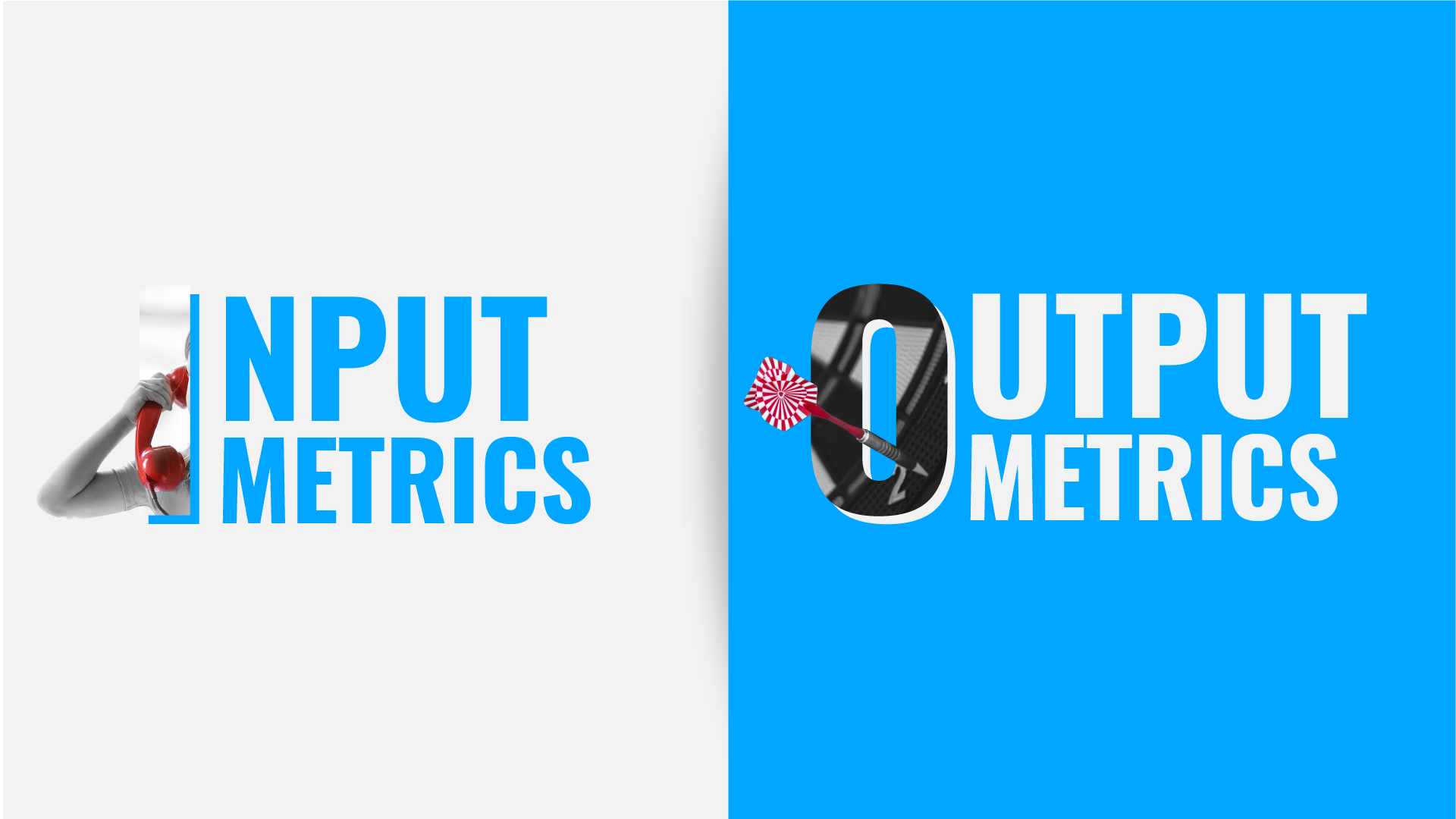What Is A Business Financial Statement?
A business financial statement is a type of document that serves as a record of transactions, assets, and expenses. They serve a dual purpose: to help businesses track their financial health in the long term and to present to investors as a means to receive more capital. While your accounting department should be able to translate the hard data into business strategies and profits, it’s a good idea for a business owner to know how to manage their business.
At DeepSky, we believe that keeping track should be a permanent habit for every business owner and entrepreneur. Dashboards are one method we recommend, and they can organize your financial statements so that, at a glance, your managers and accountants can evaluate your business’s health. It will allow companies to see small business financials.
Elements Of A Financial Statement
There are many different types of financial statements. With that said, they should have several basic elements.
Time Period
Set the dates by which you are listing financial metrics. Decide if you want to operate on a monthly, quarterly, or yearly basis. The time period will affect the data, and how it appears to your accountants or CFOs.
Assets
Assets are the tangible investments you have that either function during operations or help support your business. They can include property, vehicles, equipment, bank accounts, or cash bonds.
Liabilities
Liabilities, in contrast, are the debts that your company owes to outside parties, such as financial institutions, as well as interest and potential future costs. Consider how small business loans can accrue a vast amount of interest.
Expenses
Expenses are the costs that occur as a result of business operations. They include the costs of supplies, utilities, rent, shipping, and more.
Revenue
Revenue is the amount of money that a business earns from steady operations. They are a result of sales, deals, or negotiations. Revenue provides the cash flow that your business needs to stay in the red.
Income
Income is fairly straightforward; it is revenue minus expenses, with net income, in particular, deducting for taxes. This determines how viable your business is during the long run, and a profit and loss statement will generally track this.
How To Deal With Financial Statements
Establish Specific Financial Goals
Goals help a large or small business set parameters and benchmarks for sales, expansions, and growth. Specific numbers allow managers to tell marketers and salespeople the quotas they must meet for products or services. This, in turn, helps you corroborate the numbers on your statements and refine strategies to increase revenue.
Set A Reasonable Budget
We have talked about how to set a marketing budget with active metrics. Such a means will help you determine an amount to invest in your business within a time period and what results to expect. A budget will tell you how much money you can spend on business ventures within a certain time period. This will reduce the potential increase in liabilities, and allow you to note periods of extreme loss or profits.
Aim For Positive Cash Flow With Simple Reports
When your business runs out of cash, it’s game over because it means that you are no longer turning a profit. This means that you have to ensure that cash flow is steady and that your finances are never in the red. Do what you can to ensure that your expenses in accounts payable are manageable.
Improve Your Financial Reports With DeepSky
DeepSky is one of the best companies for outsourced accounting services. When you use our Financial WingmanTM program, you receive an outsourced CFO that will help you with financial statements, refining business strategy, and taking your enterprise to the next income level.
Reach out to us today to get started with our various programs. DeepSky is ready to help you with income statements, and the means to grow with business planning.


